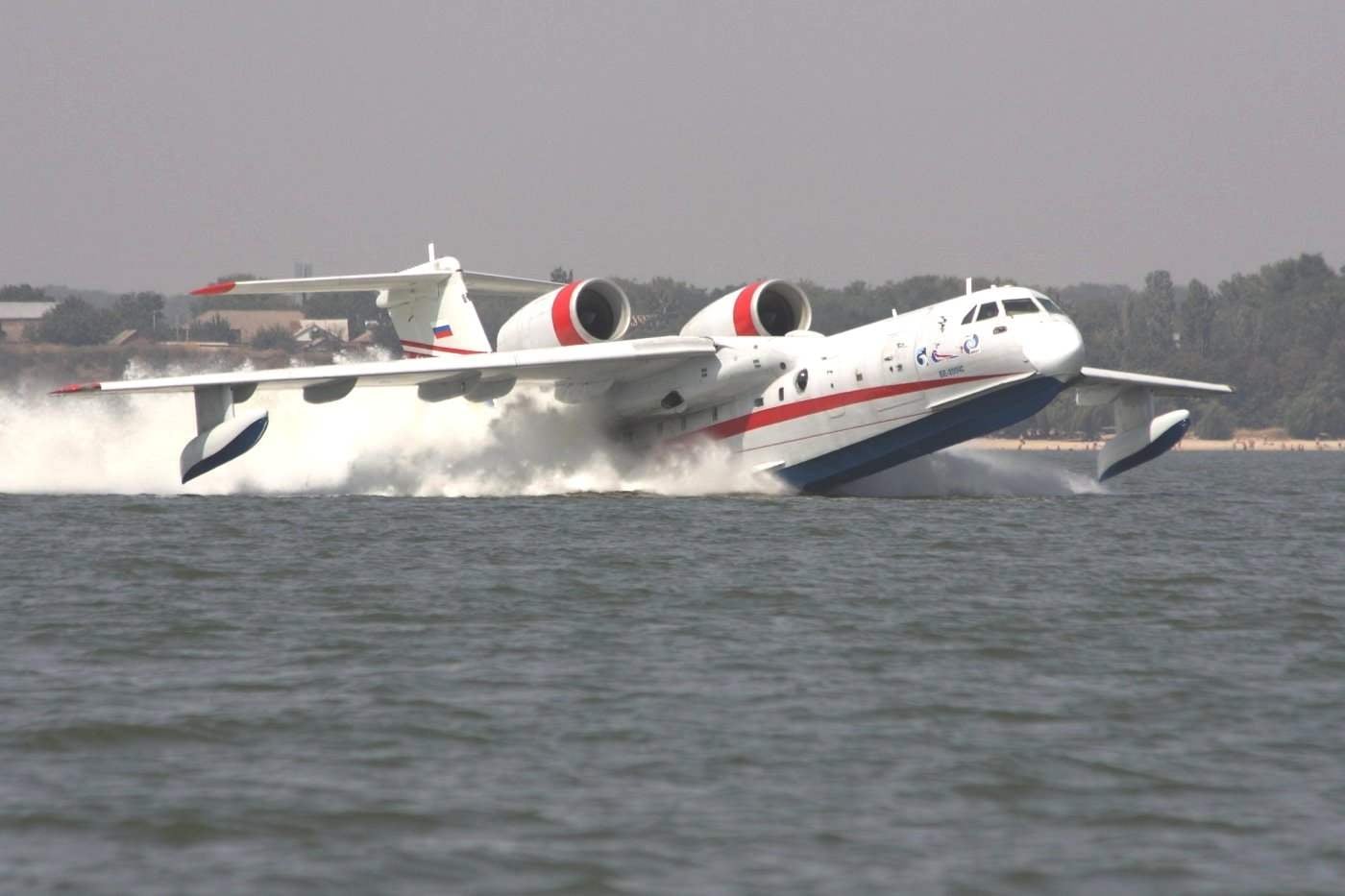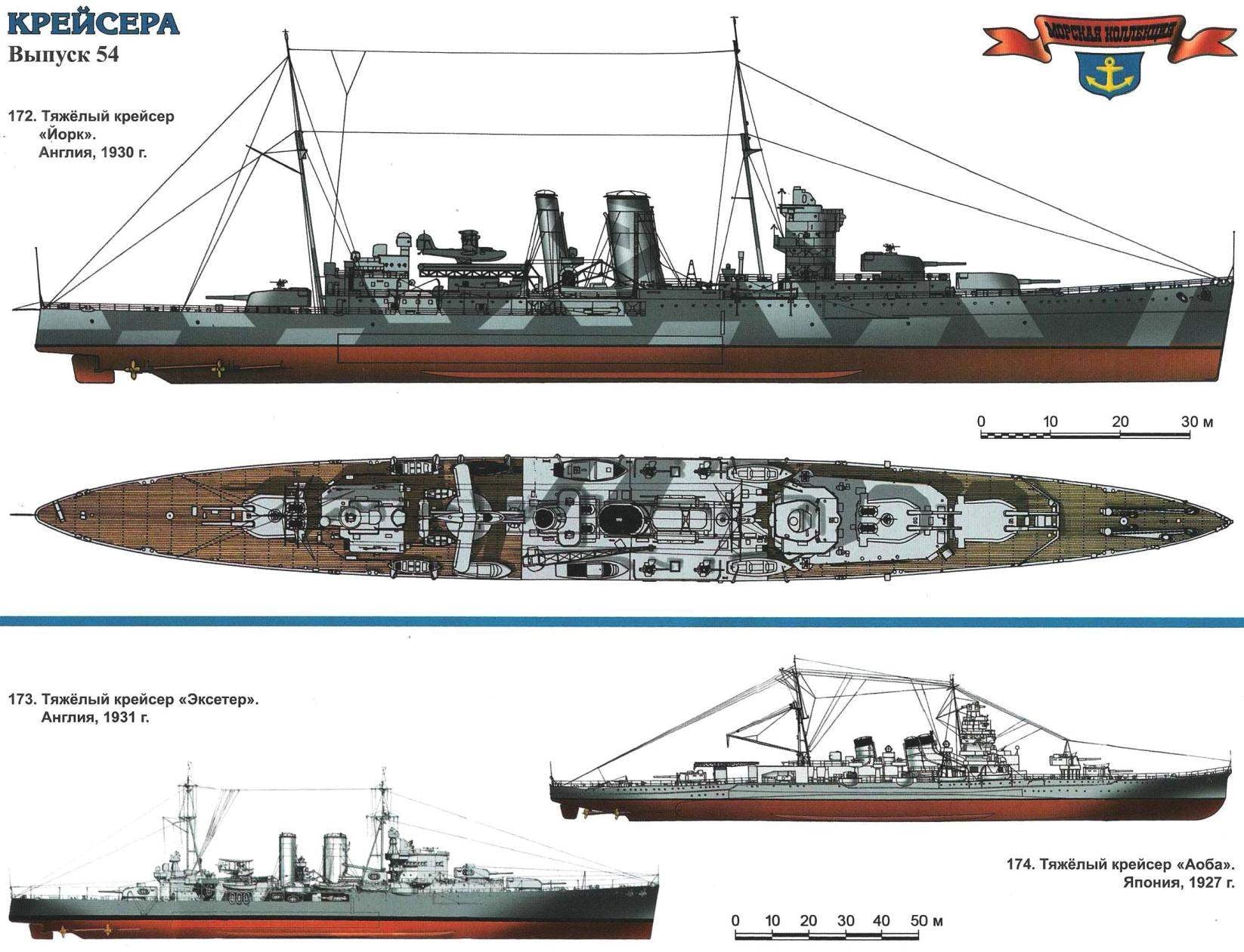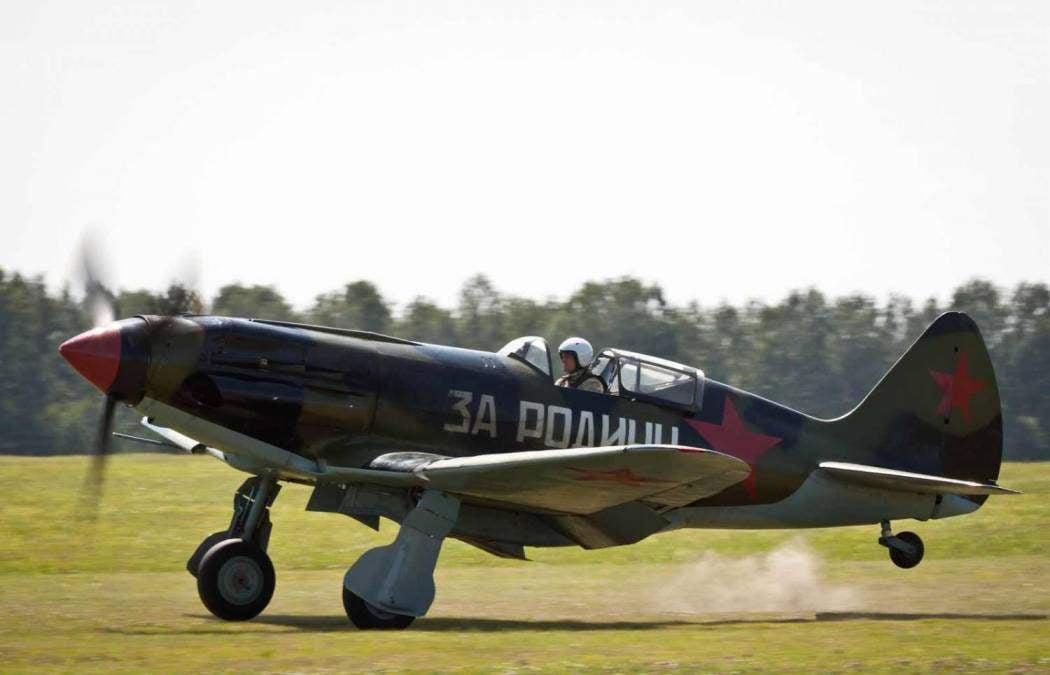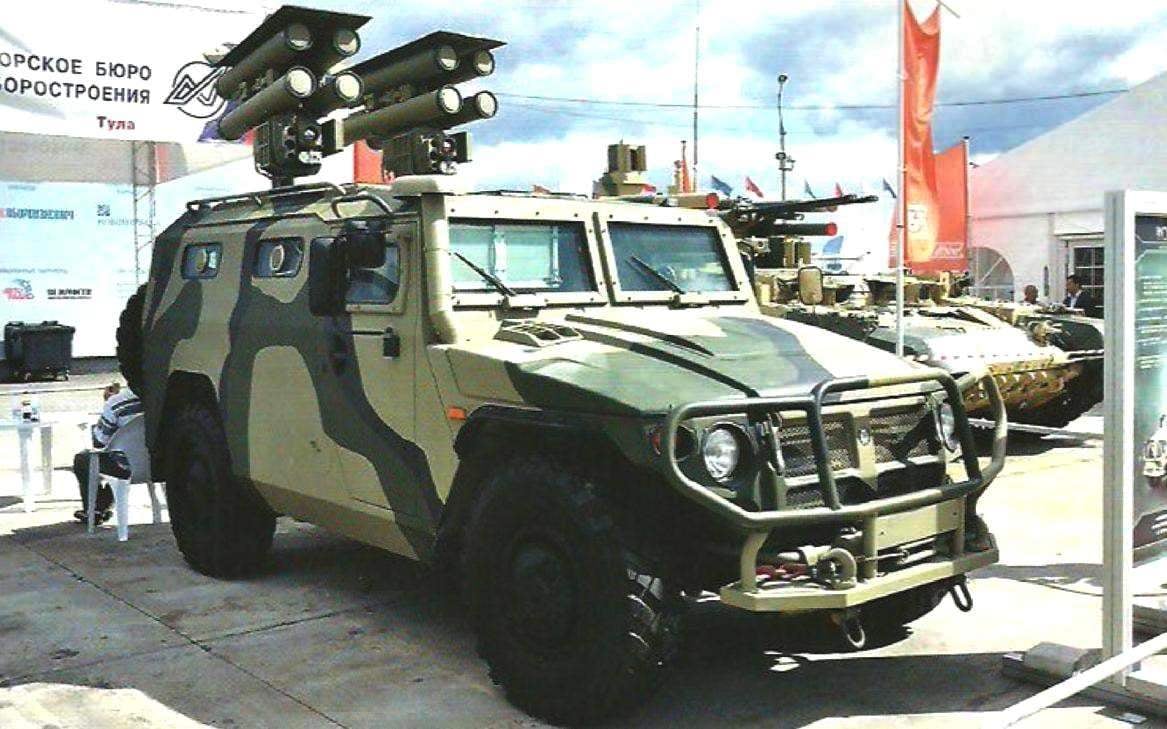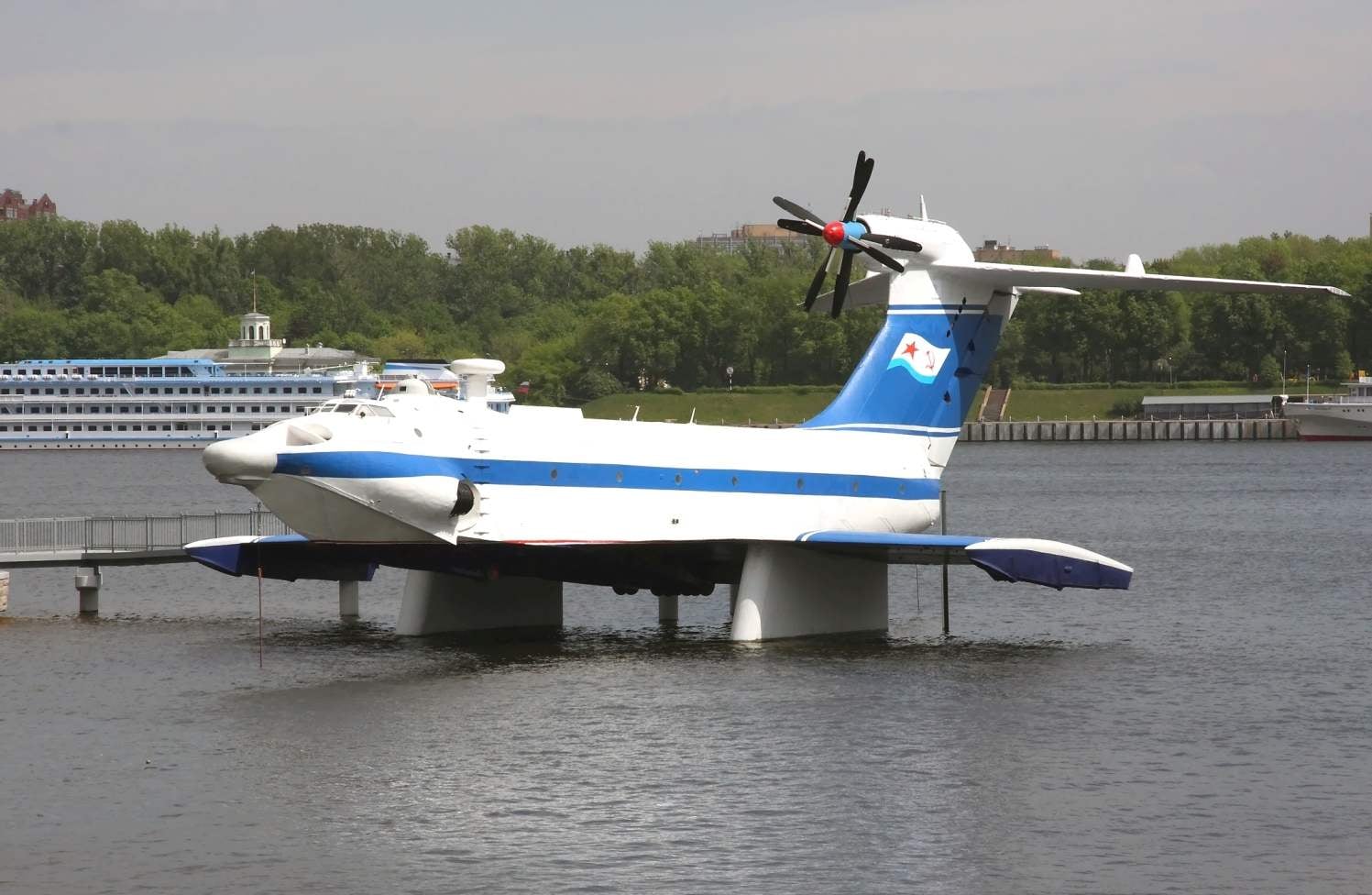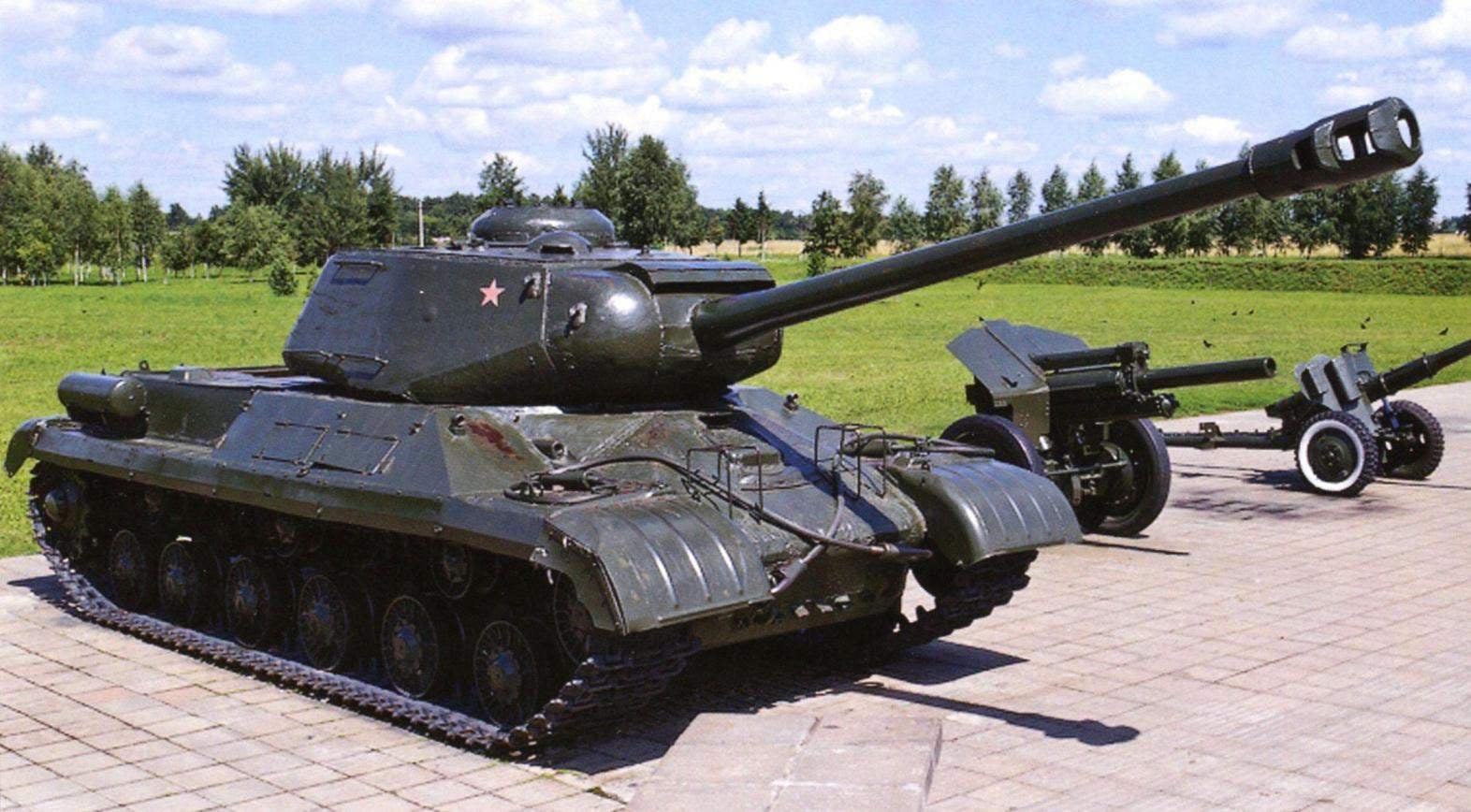 During the Second world war in Germany, there have been many models of aircraft, some of them had a very original design. “Nutter” is definitely one of them, and although he never gained military glory, but in the air up and therefore deserves attention as an unusual and interesting Chapter in the history of aviation.
During the Second world war in Germany, there have been many models of aircraft, some of them had a very original design. “Nutter” is definitely one of them, and although he never gained military glory, but in the air up and therefore deserves attention as an unusual and interesting Chapter in the history of aviation.
Collection
AMPHIBIAN XXI CENTURY
 In late September 1998 in Irkutsk, an event occurred that had no publicity, but, nevertheless, its significance is far beyond the scope of this Siberian city. From the airfield of the Irkutsk aviation production Association in the skies the plane-amphibian be-200. Machine created by the Taganrog aviation scientific-technical complex (TANTK). G. M. Beriev and built at the Irkutsk aviation production Association (IAPA), has opened a new page in the development of hydroaviation.
In late September 1998 in Irkutsk, an event occurred that had no publicity, but, nevertheless, its significance is far beyond the scope of this Siberian city. From the airfield of the Irkutsk aviation production Association in the skies the plane-amphibian be-200. Machine created by the Taganrog aviation scientific-technical complex (TANTK). G. M. Beriev and built at the Irkutsk aviation production Association (IAPA), has opened a new page in the development of hydroaviation.
TO GO UNDER WATER OR DIVE?
 At that time, as a little clunky, but gained confidence with their performance of the submarine Holland quickly began to spread from America around the world, Europe remained a private leader in the underwater case. They certainly remained in France, where in the late nineteenth century for the explicitly revolutionary “electric” “Imnot” followed created on the same principles of “Gustave Zede” and its smaller version “Le Morse” gave rise, in turn, the first serial products: “Farfa-de”, “Corrigan”, “Gnome” and “Lutana”.
At that time, as a little clunky, but gained confidence with their performance of the submarine Holland quickly began to spread from America around the world, Europe remained a private leader in the underwater case. They certainly remained in France, where in the late nineteenth century for the explicitly revolutionary “electric” “Imnot” followed created on the same principles of “Gustave Zede” and its smaller version “Le Morse” gave rise, in turn, the first serial products: “Farfa-de”, “Corrigan”, “Gnome” and “Lutana”.
CUT “HEAVYWEIGHTS”
 The eternal conflict of needs and means of their realization was particularly glaring after the start of construction of the “Washington” cruisers. Desyatitysyachnye high-speed ships are often not inferior to the dreadnoughts of the last war neither in length nor in cost. Their number depended primarily on the thickness of the purse, and with it all countries during the great economic crisis, the situation was not all that great. In a particularly unpleasant situation, “mistress of the seas”. Britain needed a lot of cruisers, at least 50 that need to be changed to the new type required fantastic for those times the sum of 100 million pounds. Meanwhile, in 1926, the financial situation became so critical that I had to abandon two of the four scheduled “County.” The fate of the two planned building ships also remained in question. The Admiralty then went on a long beaten path, trying to abandon the “maximum” heavy cruisers in favor of smaller and more economical option.
The eternal conflict of needs and means of their realization was particularly glaring after the start of construction of the “Washington” cruisers. Desyatitysyachnye high-speed ships are often not inferior to the dreadnoughts of the last war neither in length nor in cost. Their number depended primarily on the thickness of the purse, and with it all countries during the great economic crisis, the situation was not all that great. In a particularly unpleasant situation, “mistress of the seas”. Britain needed a lot of cruisers, at least 50 that need to be changed to the new type required fantastic for those times the sum of 100 million pounds. Meanwhile, in 1926, the financial situation became so critical that I had to abandon two of the four scheduled “County.” The fate of the two planned building ships also remained in question. The Admiralty then went on a long beaten path, trying to abandon the “maximum” heavy cruisers in favor of smaller and more economical option.
The MiG-3
 The fighter I-200 was developed from November 1939 under the leadership of H. H. Polikarpov, and then A. I. Mikoyan and M. I. Gurevich. The first flight took place on 5 April 1940 the Serial production of I-200 at the factory number 1 in Moscow started in June 1940 under the designation MiG-1. The MiG-3 differed from the MiG-1 with a modified wing, larger wheels and an increased fuel capacity with partial installation of the tanks. The majority of fighters were armed with one 12.7 mm and two 7.62 mm machine guns, from February 1941, some of them got two 12.7-mm machine gun. The plane could carry up to 220 kg bombs or six rockets.
The fighter I-200 was developed from November 1939 under the leadership of H. H. Polikarpov, and then A. I. Mikoyan and M. I. Gurevich. The first flight took place on 5 April 1940 the Serial production of I-200 at the factory number 1 in Moscow started in June 1940 under the designation MiG-1. The MiG-3 differed from the MiG-1 with a modified wing, larger wheels and an increased fuel capacity with partial installation of the tanks. The majority of fighters were armed with one 12.7 mm and two 7.62 mm machine guns, from February 1941, some of them got two 12.7-mm machine gun. The plane could carry up to 220 kg bombs or six rockets.“TIGER” PAID OFF “AT A TROT”
 The modern concept of development in army units provides the transition to a combined arms brigade of several types:
The modern concept of development in army units provides the transition to a combined arms brigade of several types:
– heavy brigade with armored tank divisions;
EAGLET, HAVE NOT HAD TIME TO GROW UP
 at the beginning of last century, the pilots noticed that the landing of the aircraft when the height was commensurate with the chord of his wing, there is an additional lifting force, and became more volatile. “The nature of The” additional forces did not understand but came up with the name: “airbag”. Later, after the emergence of the theory of inductive resistance with this phenomenon understood, and it received a scientific classification: “proximity Effect of the earth.” Subsequently, this effect is divided into two components: dynamic air cushion that is created due to the inhibition of air flow under the unit and its supporting surface, and the effect of ground proximity, which is tied exclusively to decrease the inductive component of the aerodynamic drag of the wing.
at the beginning of last century, the pilots noticed that the landing of the aircraft when the height was commensurate with the chord of his wing, there is an additional lifting force, and became more volatile. “The nature of The” additional forces did not understand but came up with the name: “airbag”. Later, after the emergence of the theory of inductive resistance with this phenomenon understood, and it received a scientific classification: “proximity Effect of the earth.” Subsequently, this effect is divided into two components: dynamic air cushion that is created due to the inhibition of air flow under the unit and its supporting surface, and the effect of ground proximity, which is tied exclusively to decrease the inductive component of the aerodynamic drag of the wing.
THE LAST OF THE “KV”, THE FIRST “IS”
 In December 1941, the design Bureau of Chelyabinsk Kirov factory (up to October 1941 – Chelyabinsk tractor plant) representatives of the Armored Directorate of the red Army considered the draft design of the new tank “Klim Voroshilov” – KV-13 — “high-speed tank enhanced reservation”. According to the designers, it’s time to create a “single tank”, who would be able to combine all the positive characteristics of serial KV and T-34. The fact that KV was very difficult to manufacture, “not enough technologically advanced and not suitable to mass production in wartime”. They had surpassed the T-34 but more powerful armor.
In December 1941, the design Bureau of Chelyabinsk Kirov factory (up to October 1941 – Chelyabinsk tractor plant) representatives of the Armored Directorate of the red Army considered the draft design of the new tank “Klim Voroshilov” – KV-13 — “high-speed tank enhanced reservation”. According to the designers, it’s time to create a “single tank”, who would be able to combine all the positive characteristics of serial KV and T-34. The fact that KV was very difficult to manufacture, “not enough technologically advanced and not suitable to mass production in wartime”. They had surpassed the T-34 but more powerful armor.
EARLY FIGHTERS D. P. GRIGOROVICH
 The car has received the designation IL-400. This first domestic fighter created after the revolution, aroused great interest from other designers, in particular, of D. P. Grigorovich. Engineer A. A. Krylov later wrote: “after Learning about the work of the group Polikarpov, Grigorovich engineer called to his office I and engineer V. Kalinin and says do we want to start to design a fighter and what we stand for when we rightly should start the project of a fighter. We responded in full agreement. On the same day, Grigorovich and Kalinin started mapping plane. The next day (through the night) they brought me a scheme for aerodynamic calculation that was me done for the night. On the third day, we had prepared preliminary design and aerodynamic calculation, and submitted to the aviation Department along with the Polikarpov fighter. The plane was named And-1”.
The car has received the designation IL-400. This first domestic fighter created after the revolution, aroused great interest from other designers, in particular, of D. P. Grigorovich. Engineer A. A. Krylov later wrote: “after Learning about the work of the group Polikarpov, Grigorovich engineer called to his office I and engineer V. Kalinin and says do we want to start to design a fighter and what we stand for when we rightly should start the project of a fighter. We responded in full agreement. On the same day, Grigorovich and Kalinin started mapping plane. The next day (through the night) they brought me a scheme for aerodynamic calculation that was me done for the night. On the third day, we had prepared preliminary design and aerodynamic calculation, and submitted to the aviation Department along with the Polikarpov fighter. The plane was named And-1”.MERKAVA TANK OF THE ISRAELI ARMY
 CREATE МЕRKAVА TANK MK.1. In his first war, which began in December 1947, Israel, even before the proclamation as States do not come with any armor. Only by the end of hostilities in March 1949, two soldiers from the British 3rd hussars, was then under Haifa, drove to tel Aviv two tanks “Cromwell”. The reason they did that is still unknown, although the Israelis themselves call these people simply “sympathizers”.
CREATE МЕRKAVА TANK MK.1. In his first war, which began in December 1947, Israel, even before the proclamation as States do not come with any armor. Only by the end of hostilities in March 1949, two soldiers from the British 3rd hussars, was then under Haifa, drove to tel Aviv two tanks “Cromwell”. The reason they did that is still unknown, although the Israelis themselves call these people simply “sympathizers”.

